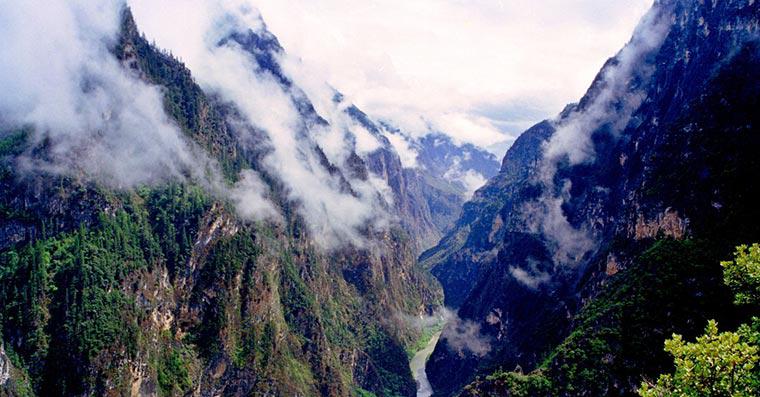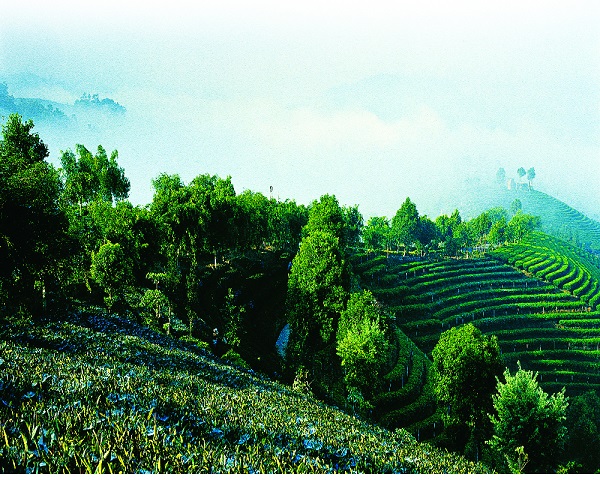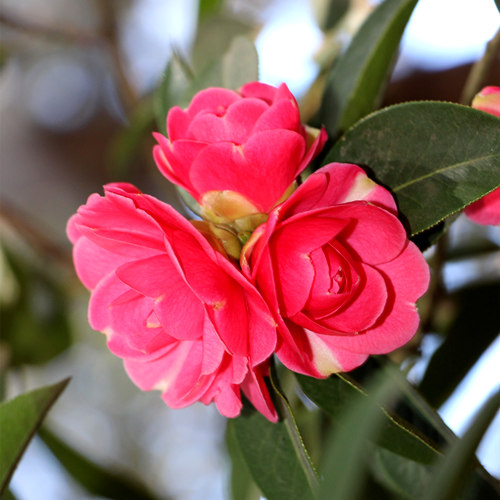
Detailed Introduction to Gongshan County of Nujiang Prefecture
Overview
Gongshan County (贡山县), officially known as Gongshan Dulong and Nu Autonomous County, is located in the northwesternmost part of Yunnan Province, under the jurisdiction of Nujiang Lisu Autonomous Prefecture. It borders Tibet Autonomous Region to the north and Myanmar to the west, making it one of China’s most remote and ecologically diverse frontier regions.
Covering an area of about 4,506 square kilometers, Gongshan has a population of roughly 40,000, composed mainly of Dulong, Nu, Lisu, Tibetan, and Han ethnic groups. It is the only autonomous county for the Dulong and Nu peoples in China and is often called “The Last Secret Land of Yunnan.”
Geography and Topography
Gongshan lies deep within the Three Parallel Rivers region, one of the world’s most dramatic and complex mountain systems. It is surrounded by towering peaks such as Biluo Snow Mountain (碧罗雪山) and Gaoligong Mountain (高黎贡山), with the Nujiang River (怒江) and Dulong River (独龙江) flowing southward through steep valleys.
Elevation: ranges from 1,170 meters in the river valleys to over 5,000 meters on the snow-capped summits.
Major Rivers: Nujiang River, Dulong River, and Bingzhongluo River.
The area features extreme vertical relief, deep gorges, and glacial landscapes, creating a natural masterpiece of towering cliffs, cascading waterfalls, and diverse ecological zones.
🌦️ Climate
Gongshan experiences a mountainous subtropical climate, heavily influenced by altitude and monsoon patterns.
Average annual temperature: around 16°C in valleys; much cooler at higher elevations.
Annual rainfall: about 2,000 mm, mostly concentrated from May to October.
Snowfall: frequent in high mountains; valleys remain mild and humid.
This combination results in multiple climate zones within short distances, from tropical rainforests to alpine tundra, fostering extraordinary biodiversity.
Natural Resources and Biodiversity
Gongshan is part of the UNESCO World Natural Heritage Site — Three Parallel Rivers of Yunnan Protected Areas. Its ecosystem is one of the richest in China:
Flora: Over 4,000 plant species, including rhododendrons, camellias, and rare medicinal herbs.
Fauna: Home to the Yunnan snub-nosed monkey, red panda, clouded leopard, takin, and green peafowl.
Forest coverage: exceeds 85%, making it a vital ecological barrier in southwest China.
The Gaoligong Mountain National Nature Reserve, partially located in Gongshan, is internationally recognized as a biodiversity hotspot and a natural paradise for scientists, hikers, and photographers.
Ethnic Groups and Culture
Gongshan is a multi-ethnic frontier county, where traditional lifestyles remain well preserved:
The Dulong people live mainly in the remote Dulong River Valley, long isolated by mountains. They are known for their unique facial tattoo tradition (a cultural mark among elder women), bamboo weaving, and Dulong carpet-making.
The Nu people reside primarily along the Nujiang River and are famous for their folk songs, wooden suspension bridges, and colorful clothing.
The Lisu and Tibetan peoples also contribute to the region’s diverse cultural tapestry, celebrating festivals such as the Kuoshi Festival (Lisu New Year) and Kaquewa Festival (Nu people’s New Year).
Gongshan’s cultural landscape is one of harmony between ethnic diversity and the natural world.
Economy
Due to its mountainous terrain and ecological importance, Gongshan’s economy emphasizes ecological protection, sustainable development, and poverty alleviation through tourism and specialty agriculture.
Agriculture: Focus on organic crops, such as walnuts, tea, coffee, cardamom, honey, and traditional Chinese medicinal plants.
Animal husbandry: Yak and sheep grazing in alpine zones.
Tourism: Eco-tourism and cultural tourism are growing rapidly, centered on pristine nature and ethnic experiences.
Hydropower and ecological industries: Provide supplementary income while maintaining environmental standards.
The government has heavily invested in infrastructure and digital connectivity, transforming once-isolated valleys into accessible communities while preserving their ecological balance.
Tourist Attractions
Bingzhongluo Scenic Area (丙中洛景区) – Known as “A Land of God’s Paintings”, it’s the most famous attraction in Gongshan, featuring majestic river bends, Buddhist stupas, and the iconic “First Bend of the Nujiang River.”
Dulong River Valley (独龙江峡谷) – A secluded valley of immense beauty, home



